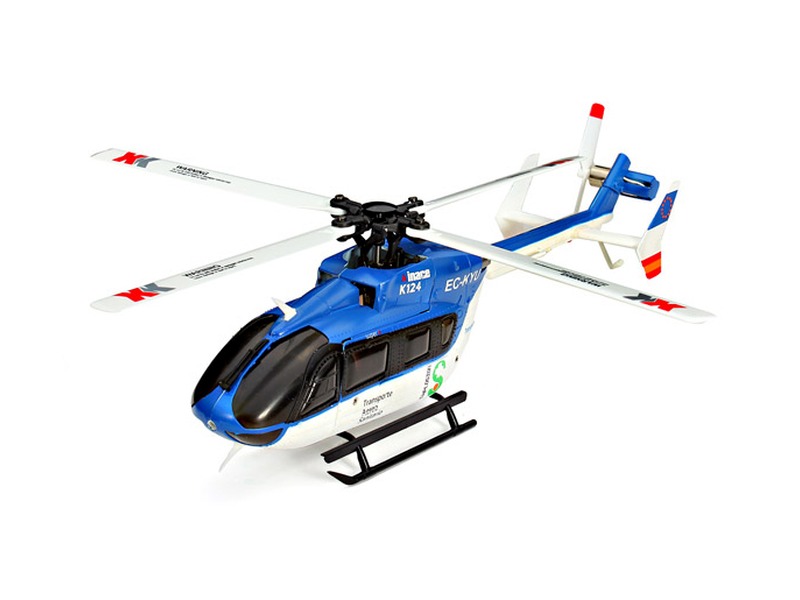Can helicopter stay in air without moving?

The answer to this question is yes, a helicopter can stay in the air without moving. This is possible due to the principles of aerodynamics and the design of the helicopter.
A helicopter is an aircraft that uses rotors to generate lift and thrust. The rotors are powered by an engine, which allows the helicopter to move through the air. However, the rotors can also be used to generate lift without the need for forward motion. This is known as hovering, and it is a key capability of helicopters.
When a helicopter hovers, the rotors generate lift by pushing air downwards. This creates an upward force on the helicopter, which counteracts the force of gravity and keeps the helicopter in the air. The amount of lift generated depends on the speed of the rotors, the angle of attack of the blades, and the density of the air.
In order to hover, the helicopter must maintain a constant speed and angle of attack. This is done by adjusting the pitch of the blades, which is controlled by the pilot. The pilot must also adjust the engine power to maintain the desired speed and altitude.
The ability to hover is a key advantage of helicopters over other aircraft. It allows them to stay in one place for extended periods of time, which is useful for observation, search and rescue, and other operations.
In order to stay in the air without moving, the helicopter must maintain a constant speed and angle of attack. This requires the pilot to constantly adjust the pitch of the blades and the engine power. If the pilot fails to do this, the helicopter will start to drift or descend.
In addition to hovering, helicopters can also perform other maneuvers such as forward flight, turns, and climbs. These maneuvers require the pilot to adjust the pitch of the blades and the engine power in order to generate the necessary lift and thrust.
In conclusion, helicopters can stay in the air without moving. This is possible due to the principles of aerodynamics and the design of the helicopter. The pilot must adjust the pitch of the blades and the engine power in order to maintain a constant speed and angle of attack. This allows the helicopter to hover in one place for extended periods of time.
Comments / Question
2. Monitor the helicopter for any signs of technical difficulty or unusual behavior.
3. Ensure that the helicopter has sufficient clearance from terrain and obstacles and that it is not obstructing other aircraft in the vicinity.
4. Coordinate with other air traffic controllers to maintain separation between aircraft and ensure that the helicopter is operating in accordance with established regulations.
5. Monitor the helicopter for any signs of fatigue or stress from the pilot or crew.
6. Ensure that the helicopter has adequate communication links with Air Traffic Control and other aircraft in the vicinity.
7. Notify other aircraft or ground personnel in the vicinity of the helicopter’s location.
8. Monitor the helicopter for any changes in altitude or direction.
9. Be prepared to take action in the event of a potential incident or emergency.

